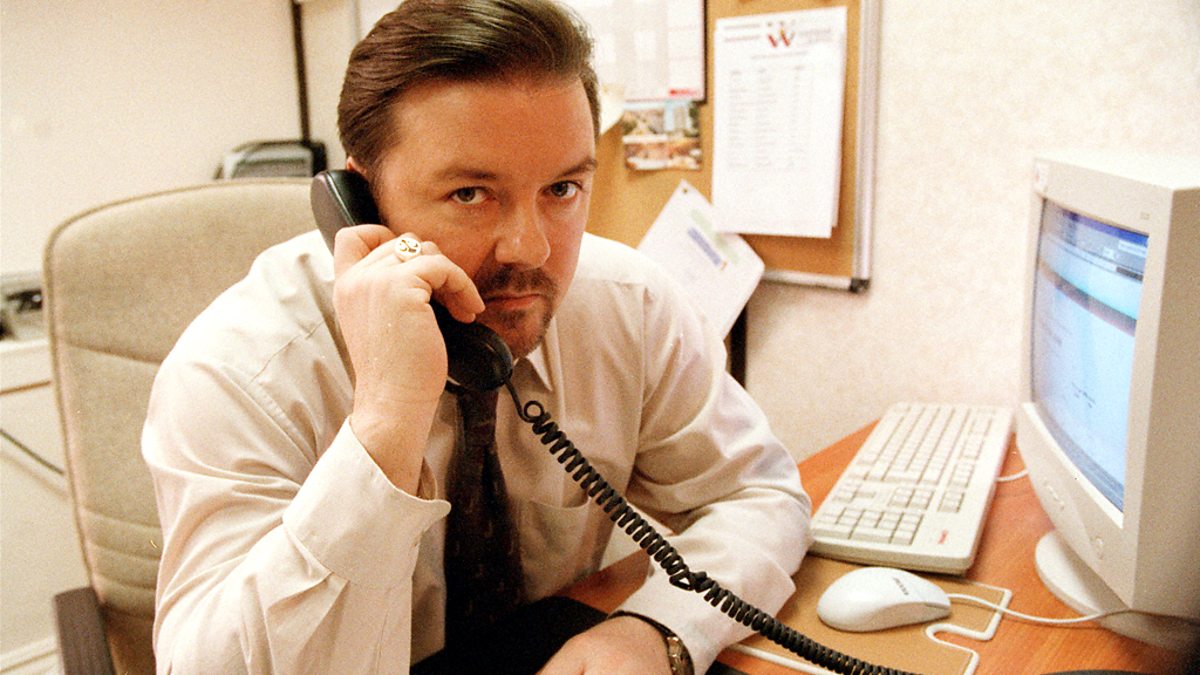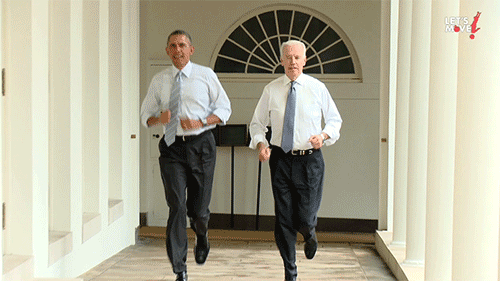
Desk jobs have their perks.
You get to be on a ‘puter all day, meaning you can stay plugged into the group chat, never missing a meme. If you’re lucky, there might be an office dog. If you’re especially lucky, your colleagues will celebrate office birthdays with Woolies mudcakes.
But sitting on a chair, no matter how ergonomic, for upwards of 9 hours a day can wreak havoc on your body.
We spoke to Dr Richard Parkinson, a highly trained Sydney neurosurgeon, about common back pain associated with the 9 to 5 grind, and how best to mitigate it.
Dr Parkinson has performed ground breaking and complex surgery on some of Australia‘s elite sportspeople. He’s recognised as a leading expert in sports injuries and is a respected specialist at the forefront of neurosurgical science and development, and he’s got quite a few feelings about office back pain.
“Back pain stemming from office jobs is very common, as is back pain from people with poor fitness suddenly overloading their backs,” says Dr Parkinson.
Can you talk us through how this pain works, physiologically?
It can be a simple or a complex cause, for example a disc rupture can press on a spinal nerve causing severe pain down that nerve. A disc tear can cause just local back pain. A spinal fracture or a stress fracture may cause a combination of these. Sometimes, though rarely, inflammatory conditions and cancer can cause pain as well.
The pain can end up going to the brain, perceived via several pathways, and this pain can be modified by the individual, by medications and physical treatment, and of course, by surgery.
Is back pain from a 9 – 5 office job avoidable, or will everyone experience it in some capacity?
Yes, it is avoidable but regular exercise is the key, as well as regular breaks and stretches, and safe lifting.
Do lumbar support devices work for everyone?
No, there are many types as well. I’m usually not all that keen on them as I think mobility is a better solution in most cases.
What are some methods you’d recommend for protecting your back at work?
As most of us spend a large proportion of our time in an office environment, getting up and moving around is the first line of defence in preventing back pain.
If you want to try to avoid injury to your back, particularly if you work in a largely desk-bound job, the first thing to do is to work up to any gym or exercise program slowly. Don’t suddenly start weightlifting because you will hurt your back, especially if you’re over the age of 40. Be careful with boot camps.
The second thing is, in most workplaces, there’s a manual lift person—usually a health and safety representative—who’s appropriately trained to advise on manual lifting techniques. If you are involved in a job that involves repetitive bending and lifting, then it’s very important that you have education in safe lifting techniques.
Those in an office space job need to think about back pain caused by lack of activity. If you want to go about preventing back pain in the workplace, because you sit for long periods of time, then getting up every hour and stretching your legs is good.
Is there a ‘correct’ way to sit on your chair to reduce the risk?
I believe that it is important for people who work in desk jobs to use ergonomic chairs, but the commonly accepted idea that sitting up straight can be helpful in preventing back pain isn’t necessarily correct.
We’ve seen in patients with disc injuries that the pressure in the disc is higher when you’re sitting up straight at 90 degrees on the chair, and if you actually slouch back a bit, the pressure on the disc is less. So that’s an old wives’ tale that’s not actually true.
It’s actually better to slouch back a bit rather than sit up straight.
Dr Parkinson’s 6 quick tips for reducing sore backs
1. Get moving – If you sit for long periods of time – it’s important to get up and stretch your legs every hour.

2. Use ergonomic chairs – Use a comfortable ergonomic chair in a slightly slouched position to protect the back.

3. Be careful how you lift – Don’t lift more than 10 or 15 kg out in front of you and try to keep the weight as close to your centre of gravity as you can, rather than reaching out.

4. No twisting – Don’t twist your body at the waist while lifting. Avoid forcible bending, twisting or pulling as much as you can while carrying heavy weights.

5. Look after yourself – Maintain your health, weight and lifestyle – excess weight and body fat puts unnecessary pressure on the back and increases the risk of injury.

6. Stop smoking – The silent killer for backs, smoking increases the risk of degeneration in the lumbar disc and it increases the risk that you will herniate the disc again, if you’ve had a disc herniation. In the event you need a lumbar fusion, smoking increases the risk it won’t work as it reduces the amount of oxygen to the disc and releases toxins into that disc.

Happy back, happy life… or something like that.



